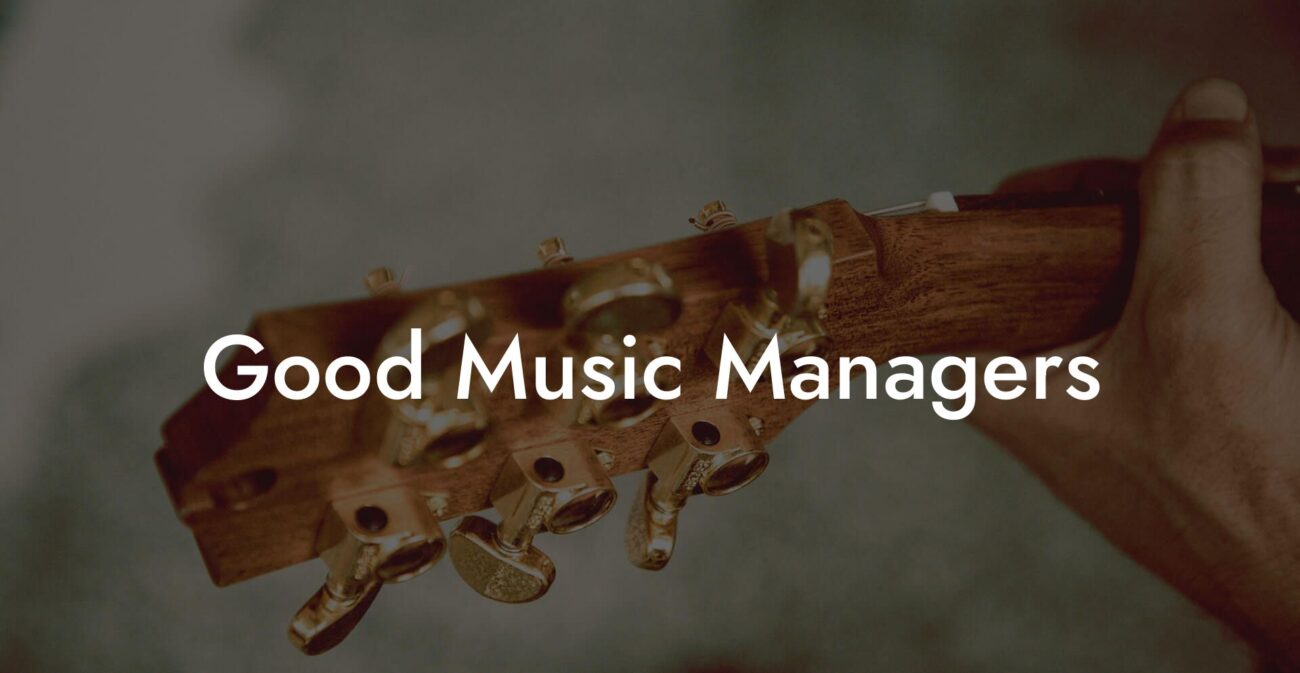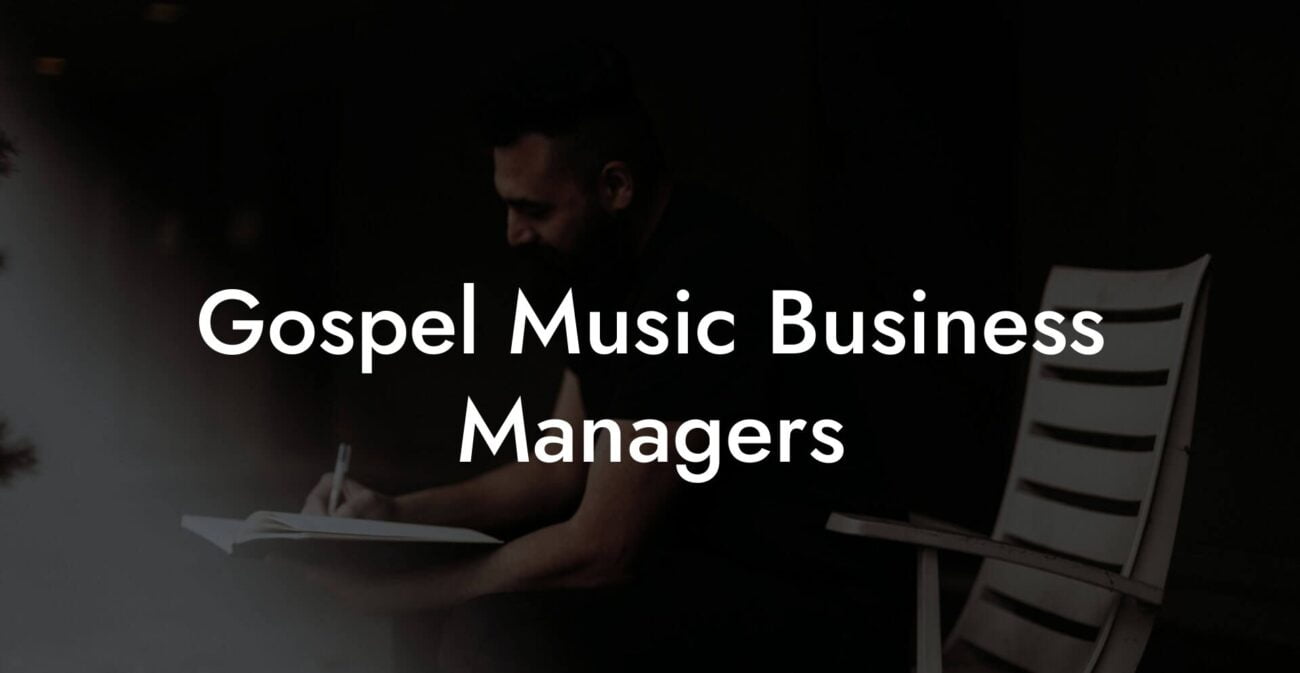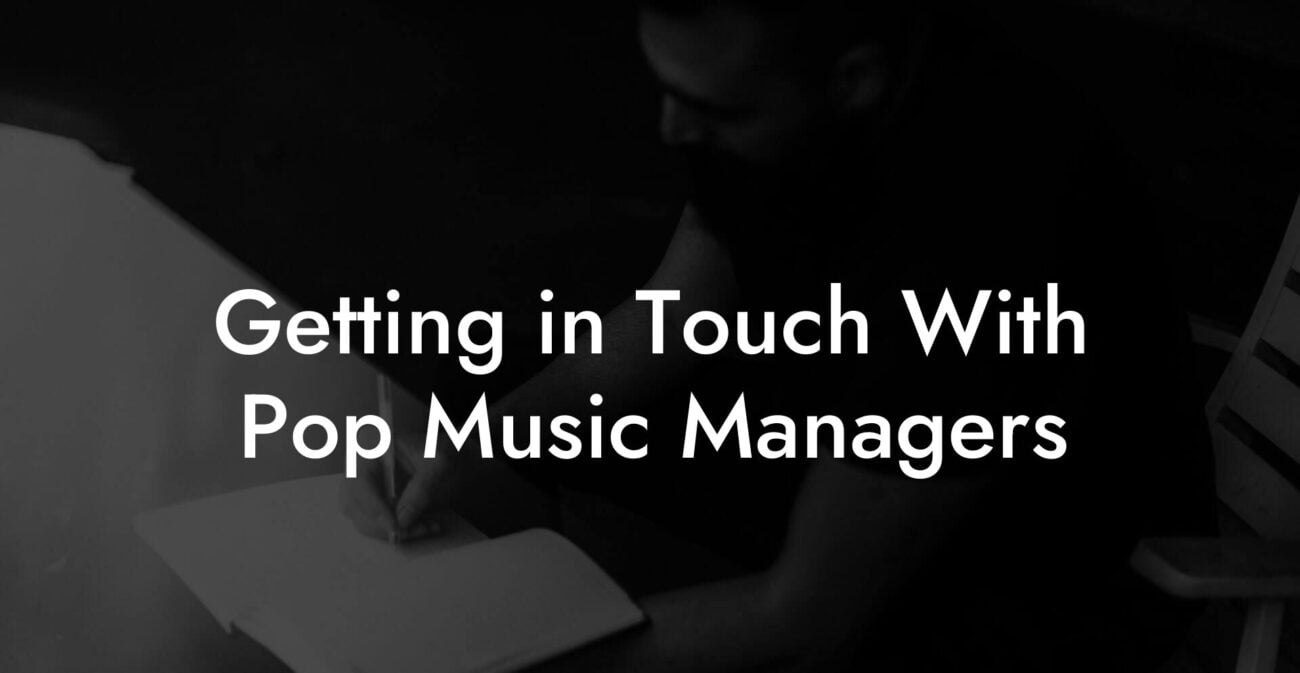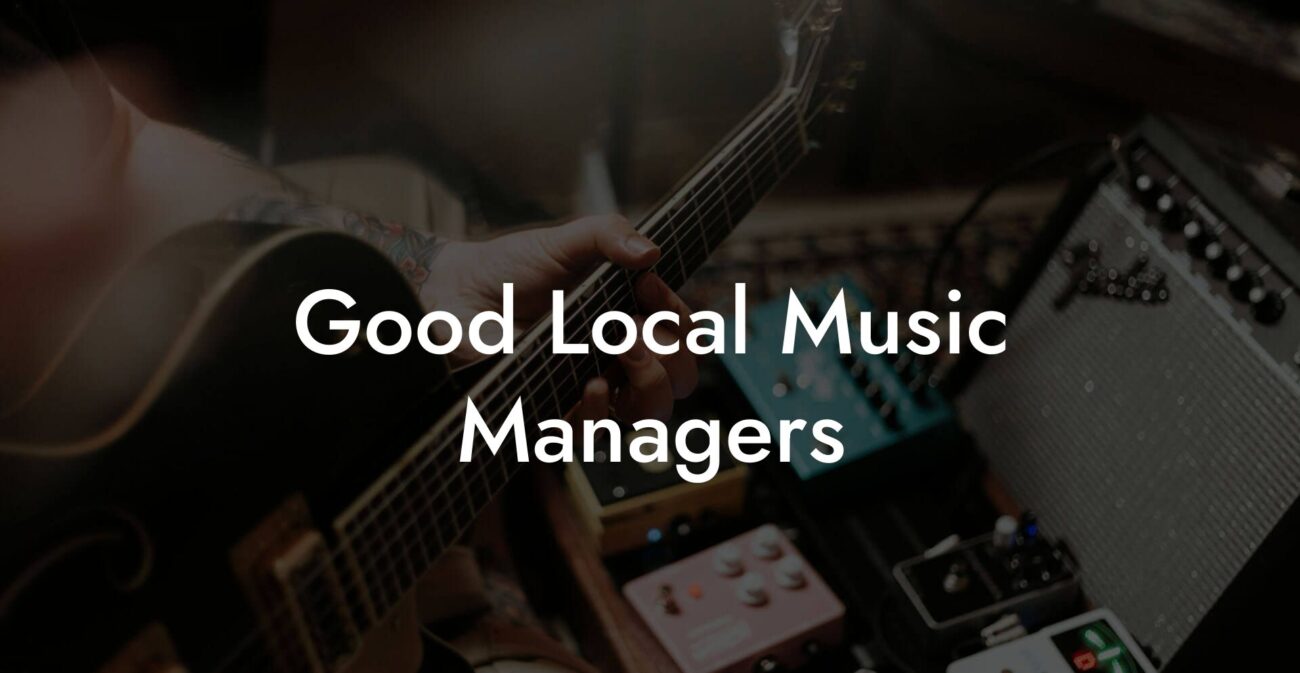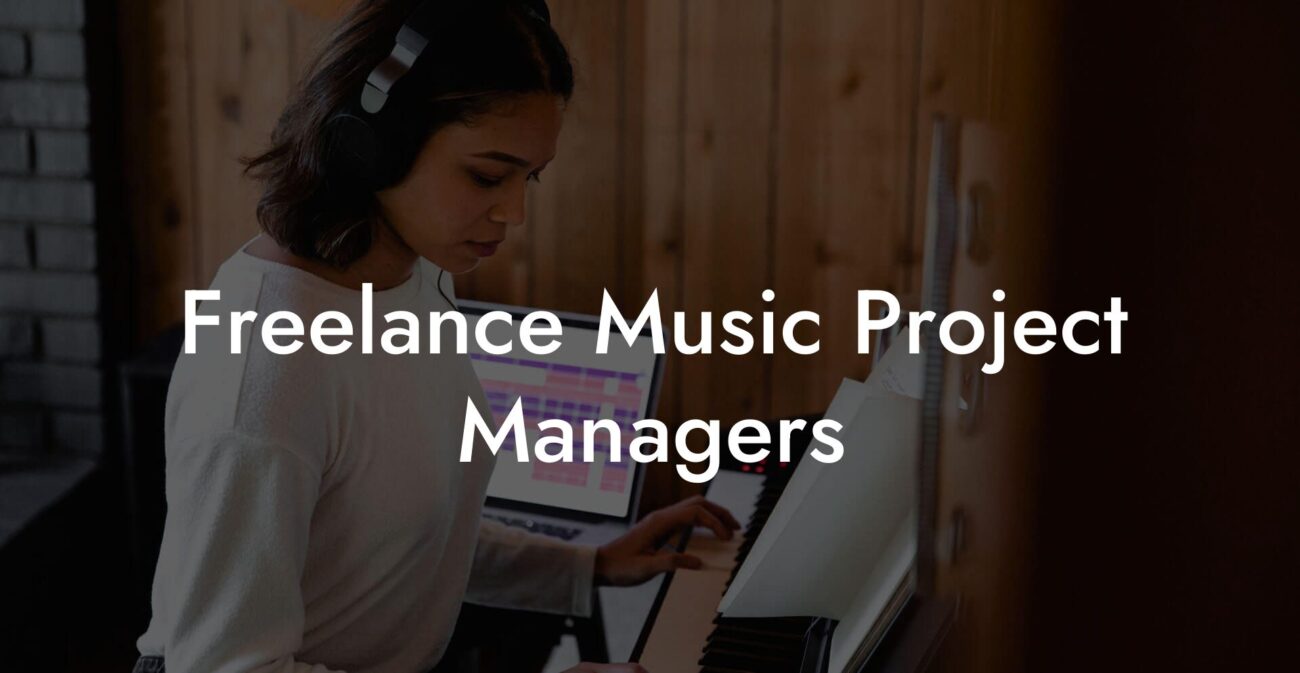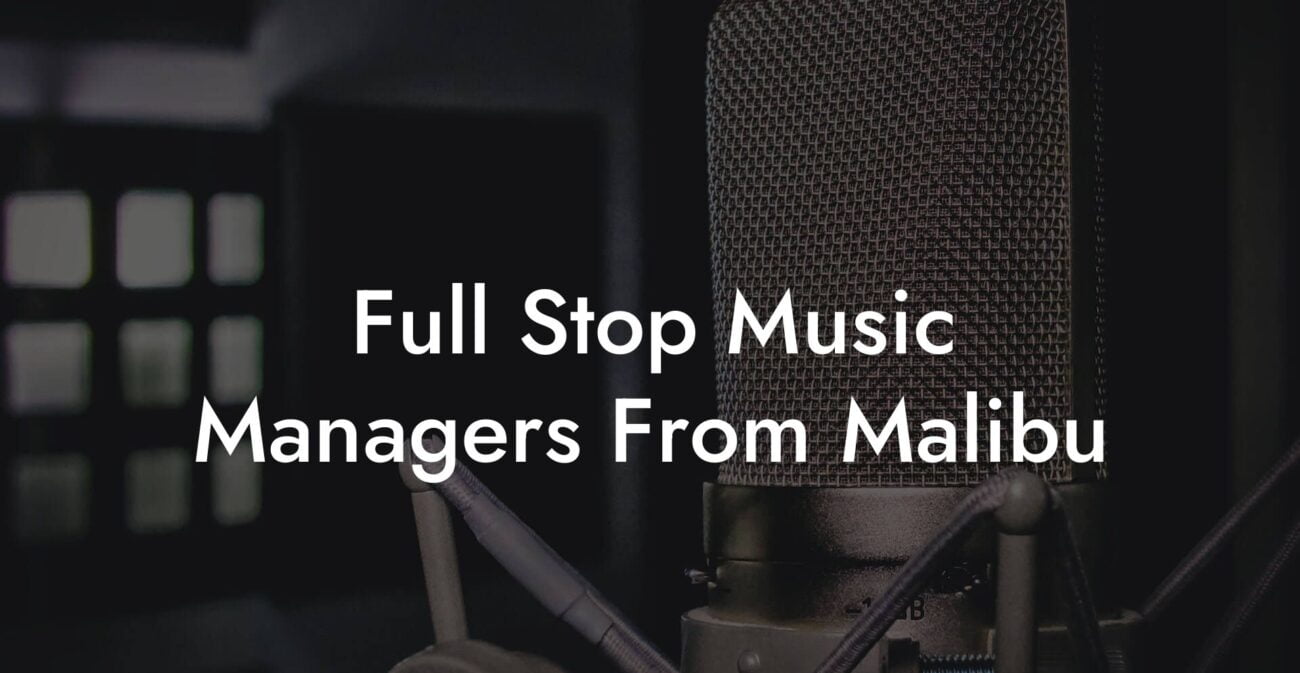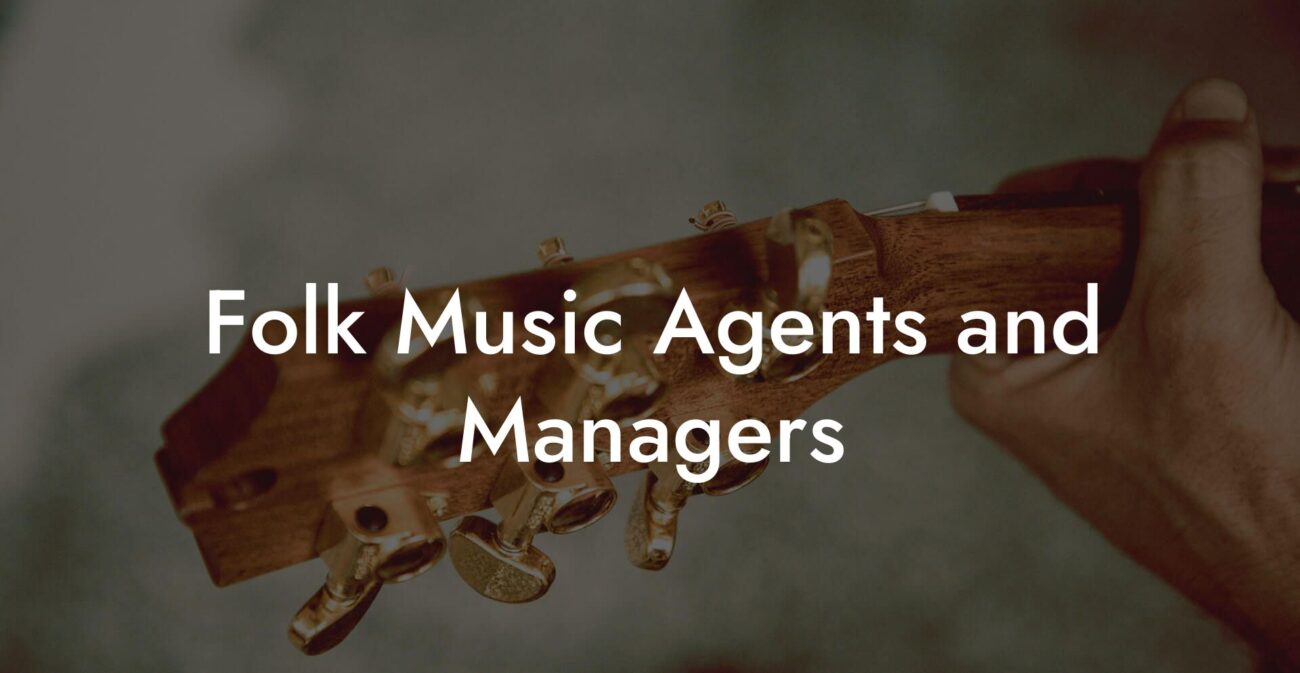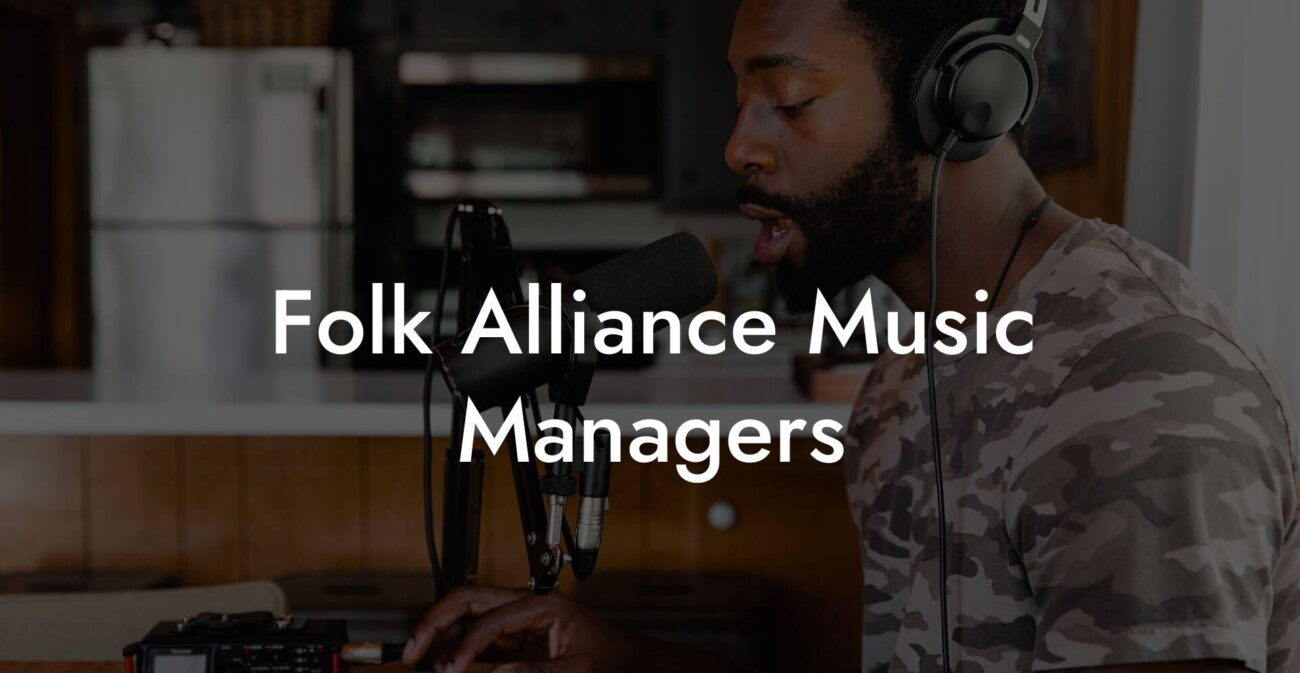Songwriting Advice
Song Structure Examples
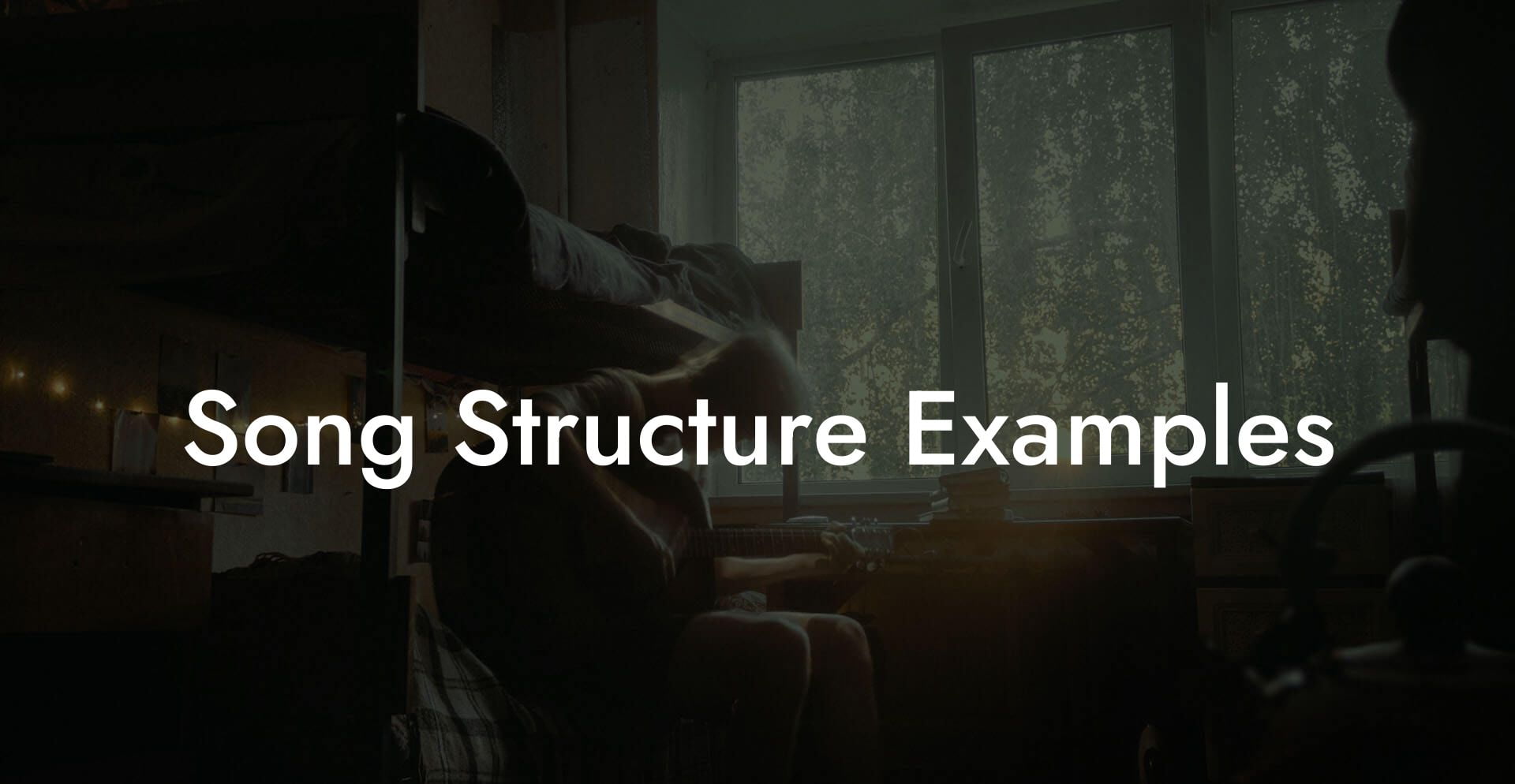
Ever wondered why some songs just seem to hit you right in the feels while others leave you wondering if they forgot the memo on structure? Welcome to the wild, wonderful world of song structure examples—a treasure trove of creative frameworks that make each hit, banger, or mellow tune unforgettable. Whether you’re a budding musician, a seasoned songwriter, or just someone who loves to doodle lyrics on napkins at midnight, grab your favorite snack, settle in, and let’s break down the secrets behind the songs that move us.
Looking to write your next song? Transform your creative ideas into songs that people will love, and skyrocket your music career with Lyric Assistant. The perfect songwriting assistant. Find out more →
Quick Links to Useful Sections
- What Is Song Structure and Why Should You Care?
- The Building Blocks: Essential Elements of Song Structure
- Classic Song Structures: The Tried-and-True Formulas
- The Verse-Chorus Structure
- The AABA Form
- Strophic Form
- Through-Composed
- Modern Song Structures: Embracing Innovation
- Hybrid Structures
- Nonlinear and Experimental Forms
- Loop-Based and Repetitive Structures
- Breaking Down Song Structure Examples: A Closer Look
- Example 1: The Anthemic Pop Hit
- Example 2: The Indie Storyteller
- Example 3: The Genre-Bending Experiment
- Integrating Melody, Lyrics, and Structure: The Ultimate Songwriting Trifecta
- The Role of Technology in Modern Song Structure
- Lyric Assistant: Elevating Your Songwriting Game
- Real-World Songwriting Stories: Inspiration from the Trenches
- Story 1: The Bedroom Producer’s Breakthrough
- Story 2: Transforming Heartbreak into Anthem
- Story 3: A Genre-Defying Collaboration
- Resources and Community Support: Your Next Steps
- Songs in the Streaming Era: How Format Impacts Virality
- Bridging Theory and Practice: Tips for Crafting Killer Song Structures
- Collaborative Creativity: How Band Dynamics Influence Song Structure
- Using Song Structure to Enhance Your Lyrical Narrative
- Breaking the Mold: Experimental Approaches to Song Structure
- Song Structures in Different Genres: A World of Possibilities
- FAQ: Your Song Structure Questions Answered
- Your Journey to Songwriting Mastery
What Is Song Structure and Why Should You Care?
Song structure is the blueprint of a song; it’s like the architecture behind a viral music video or a chart-topping hit. Think of it as the skeleton that holds together the melody, rhythm, and lyrics in a coherent form. When done right, song structure makes the difference between a tune that whispers in your ear and one that shouts “dance party” from the rooftop.
For millennials and Gen Z alike, breaking down your favorite tracks to uncover hidden structural genius can transform your songwriting process. By experimenting with a myriad of patterns—from the classic verse-chorus to the audacious experimental hybrids—you open up avenues for creative storytelling and effective communication with your audience.
At its core, song structure helps listeners anticipate choruses, feel the build-up of energy, and ride the emotional roller coaster designed by the artist. It’s not just about following formulas; it’s your canvas for innovation. And if you’re in the business of creating hits, understanding these different structures is non-negotiable.
The Building Blocks: Essential Elements of Song Structure
Let’s break it down: every song, no matter how experimental, typically contains some of these core elements that keep it rooted in familiarity while also offering something fresh.
Write Lyrics Like a Professional Songwriter
The ultimate songwriting tool that takes your creative vision to the next level! With just a few clicks, you can unleash your inner songwriter and craft a hit that's uniquely yours. Your song. You own it.
- Intro: The opening statement, setting the stage and mood for what’s to come.
- Verse: Your storytelling zone. It builds the narrative, offering detail, context, and character.
- Pre-Chorus: Often the little tease before the chorus hits; it builds anticipation and tension.
- Chorus: The emotional heart, the hook that everyone remembers. It’s often the most repetitive and catchy part.
- Bridge: A contrasting section that spices things up, offering relief or a twist in the story.
- Outro: The graceful exit, wrapping up your song’s journey.
Not every song needs all these components, but these are the tools in your songwriting arsenal. Get creative with them, swap their order, or smash them together to create new sonic landscapes!
Classic Song Structures: The Tried-and-True Formulas
When discussing song structures, it’s hard to ignore the classics. Many of today’s smash hits owe their enduring appeal to structures that have been tested by time. Let’s explore a few classic formulas that have proven their mettle:
The Verse-Chorus Structure
Think of the verse-chorus structure as the bread and butter of popular music. It’s familiar, effective, and versatile enough for everything from bubblegum pop to hardcore hip-hop. In a typical verse-chorus song, the verse sets up the narrative while the chorus delivers the emotional payoff. Often, the pattern goes: Intro, Verse, Chorus, Verse, Chorus, Bridge, Chorus, and then Outro.
This form is so popular because it’s easy to follow and even easier to get stuck in your head. Have you ever found yourself humming a catchy chorus, even days after hearing it?
The AABA Form
Stepping away from the typical verse-chorus repetition, the AABA form adds variety and contrast. This structure features two similar sections (A), a contrasting bridge (B), and then a return to the familiar (A). Classic tunes from the Great American Songbook, as well as many jazz standards, employ this layout, proving that sometimes a change of pace can really hit the right note.
In the AABA form, the tension peaks in the bridge, offering a fresh perspective before returning to the comfort of the familiar A section. It’s like traveling to a new city and then coming back home.
Strophic Form
The strophic form is as simple as it gets: the same music repeats for every stanza of the lyrics. Think of folk songs and traditional ballads—the kind of music that invites campfire sing-alongs. The repetition helps to drive home the narrative or message, making it memorable without overcomplicating the arrangement.
While it might seem monotonous to some, the strophic form thrives on simplicity and can be very effective in creating a hypnotic, immersive experience.
Through-Composed
For those who prefer to keep their audience on their toes, the through-composed structure ditches repetition in favor of an evolving narrative. Every segment of the song introduces new material, ensuring that there’s never a dull moment. This format is a favorite among classical composers and progressive artists who view music as a journey where every moment is a fresh discovery.
Although through-composed songs can be challenging for mainstream radio due to their unpredictability, they offer endless creative potential for those unafraid to push boundaries.
Modern Song Structures: Embracing Innovation
While the tried-and-true formulas still reign supreme, the new generation of musicians isn’t afraid to experiment. Modern song structures often blend genres, ignore traditional boundaries, and incorporate unexpected elements that keep listeners engaged.
In the era of streaming, attention spans might be shorter, but the appetite for innovation is larger than ever. Artists today mix electronic and acoustic elements, use unexpected drops, and play around with time signatures, making song structure as much a playground for experimentation as it is a roadmap.
Hybrid Structures
Hybrid structures take bits and pieces from classic forms and remix them into something fresh. Imagine a song that starts with a traditional verse-chorus setup, only to morph into a through-composed section mid-track, creating a surprise twist that no one saw coming. These hybrids cater to listeners who crave both familiarity and novelty, offering the best of both worlds.
Such creative risk-taking has paved the way for memorable tracks, and with digital platforms constantly evolving, hybrid structures are arguably the future of music composition.
Nonlinear and Experimental Forms
Ever listened to a song that felt like a puzzle? Nonlinear song structures are like that—a collection of musical moments that don’t adhere to a predictable order. These experimental forms might jump around in time, blend different moods and tempos, or even use multiple choruses without any verses. They defy convention and invite listeners to interpret the story on their own.
Far from being mere gimmicks, these structures give artists a broader canvas to explore complex emotions and narratives. Sure, it can be a bit dizzying at first, but sometimes life isn’t a straight line either.
Loop-Based and Repetitive Structures
In today’s digital age, the loop is a powerful tool. While repetition has always been a natural part of music—think of a catchy chorus—modern songwriters often rely on looping to build atmosphere and groove. This method is especially popular in electronic and hip-hop music, where a few carefully crafted loops can serve as the entire foundation of a track.
Loops let you experiment with texture and rhythm without getting bogged down in complex arrangements. And thanks to modern software, you can tweak and transform loops in real-time to create endless sonic variations.
Breaking Down Song Structure Examples: A Closer Look
Let’s take a deep dive into some real-world song structure examples to see how different formulas can evoke emotion, surprise, and even nostalgia.
Example 1: The Anthemic Pop Hit
Picture this: a heart-thumping, stadium-ready pop anthem with a structure that goes Intro – Verse – Pre-Chorus – Chorus – Verse – Pre-Chorus – Chorus – Bridge – Final Chorus – Outro. This is the blueprint for many of today’s radio staples.
In this structure, the intro grabs your attention with an infectious beat or melody. The verse paints a picture, building up the story and inviting you into the narrative. The pre-chorus is where the emotions start running high—a brief moment of anticipation before the explosive chorus hits you with an irresistible hook. The chorus itself is designed for maximum recall, encouraging you to sing along with every fiber of your being. Then comes the bridge—a creative detour that provides a fresh perspective before diving back into one final, triumphant chorus.
This structure not only makes for an engaging listening experience but also gives you multiple opportunities to drop the mic with killer lyrics and relatable themes. It’s the kind of format that can make a breakup song feel like an empowerment anthem, or a love ballad feel like a call to celebrate life.
Example 2: The Indie Storyteller
Imagine an indie song that plays like a conversation with an old friend. Instead of following the predictable verse-chorus-verse-chorus routine, this track opts for a more fluid, strophic style. Each stanza of lyrics is accompanied by subtle instrumental changes that reflect shifts in mood or perspective. The lack of a traditional chorus is replaced by a recurring melodic idea—a refrain—that ties the various sections together.
This approach works wonders for songs that prioritize lyricism and storytelling. It gives the listener space to sink into the narrative, almost like flipping through the pages of a well-loved novel. The beauty of this structure is in its simplicity and intimacy; it’s less about creating a pop hit and more about crafting a memorable, heartfelt experience.
Example 3: The Genre-Bending Experiment
For the fearless creators among us, the genre-bending experimental song structure is a playground of ideas. One moment, you’re riding a mellow acoustic vibe through a traditional verse, and the next, a thunderous electronic drop catapults you into an unexpected sonic realm. This structure might feature multiple breakout sections—a mix of instrumental solos, chopped-up vocal samples, and even abrupt transitions—that defy the listener’s expectations.
What makes these songs so compelling is their unpredictability. They challenge the listener to embrace change and find beauty in the unexpected. Whether it’s a battle of contrasting styles or a seamless fusion of diverse influences, these examples highlight the endless possibilities when you decide to break free from conventional molds.
Experimentation in song structure often requires balancing risk with reward. Yes, not every innovative twist will land perfectly, but when it does, it creates a moment of musical magic that can define an entire career.
Integrating Melody, Lyrics, and Structure: The Ultimate Songwriting Trifecta
As a songwriter, you’re juggling multiple elements at once—melody, harmony, rhythm, and lyrics. The song structure acts as the stage on which all these elements perform together. Think about it: a killer melody without a solid structure might end up sounding like a beautiful mess, while a great structure can elevate an average tune into something truly remarkable.
One of the most exciting aspects of songwriting is the interplay between these components. For instance, the chorus might feature an uplifting melody paired with a rhythmic beat that invites movement, while the verses can offer space for introspective, sometimes quirky lyrics that build a rich narrative. By experimenting with different structures, you can emphasize certain parts of your song—whether it’s the emotional charge of the chorus or the intricate details of the verse.
This balancing act is where creativity meets technique. And don’t worry if you’re still finding your groove; remember, every hit songwriter started by playing with structures, breaking rules, and writing songs that were “perfectly imperfect.”
The Role of Technology in Modern Song Structure
In today’s digital era, technology is more than just a tool—it’s a collaborator. From digital audio workstations to apps like Lyric Assistant, technology has revolutionized how we approach songwriting. These platforms help you not only write catchy lyrics but also experiment with arranging your song structure until you strike the right balance.
With a few clicks, you can rearrange sections, experiment with hybrid forms, or even receive instant feedback on your lyrical flow. This dynamic process can inspire you to try new combinations that you might not have considered otherwise, merging the art of traditional songwriting with the precision of modern tech.
Whether you’re using a loop-based structure to create that infectious beat or venturing into nonlinear territory with unexpected drops and builds, technology empowers you to break free from the constraints of conventional songwriting. And for many of us, it’s a liberating feeling, knowing that creativity now has a digital sidekick ready to help you craft the next big hit.
Lyric Assistant: Elevating Your Songwriting Game
Let’s talk about the unsung hero of modern songwriting: Lyric Assistant. If you’ve ever found yourself staring at a blank page, desperately wishing you had a muse on speed dial, Lyric Assistant is your creative partner. This awesome tool not only helps you refine your lyrics but also inspires you by offering fresh ideas, wordplay, and structural suggestions that elevate your song to the next level.
Imagine combining the art of classic songwriting with modern algorithmic wizardry—Lyric Assistant makes that fusion as smooth as your favorite beat drop. Whether you’re crafting a soul-stirring ballad or a high-energy pop anthem, it guides you through the process with intuitive prompts and a deep understanding of rhythmic, lyrical, and structural dynamics.
With Lyric Assistant in your toolkit, you’re not just writing lyrics; you’re building the foundation for songs that resonate deeply with your audience. So next time you’re in a creative rut, remember that your digital partner is just a click away, ready to help transform those scattered ideas into a cohesive, unforgettable track.
Real-World Songwriting Stories: Inspiration from the Trenches
Nothing beats hearing how others have navigated the intricate maze of song structure to create magic. Let’s dive into a few real-world examples that illustrate the creative journey from the first scribbled line to a full-blown hit.
Story 1: The Bedroom Producer’s Breakthrough
Meet Alex, a self-taught musician who started out composing songs in a tiny apartment with nothing but a cheap microphone, a beat-making app, and a head full of ideas. Alex experimented with the traditional verse-chorus structure, only to realize that his unique sound demanded something more dynamic. After countless nights of remixing parts, cutting and pasting sections, and even embracing a looped structure that defied expectations, Alex struck gold with a track that seamlessly merged soulful verses with an electrifying drop. The result? A viral hit that skyrocketed on social media, proving that breaking the mold can sometimes be the ultimate game-changer.
Story 2: Transforming Heartbreak into Anthem
Then there’s Bella, who turned the sting of a breakup into a powerhouse ballad. Staring down heartbreak, Bella leaned into an AABA structure. The A sections captured her raw vulnerability, while the contrasting bridge offered a glimmer of hope. With each line, the song evolved from a deeply personal diary entry into an anthem for anyone who’s ever picked up the pieces. Inspired by the emotional roller coaster of her own life, Bella’s song resonated with millions, proving that when structure aligns with honesty, art happens.
Story 3: A Genre-Defying Collaboration
Last but not least is the story of Jordan and Sam—a duo known for their fearless fusion of genres. With influences ranging from indie folk to EDM, they decided to challenge conventional song structure by crafting a piece that started as a mellow acoustic number, only to burst into a pulsating electronic finale. The shifting gears of the song’s structure became a metaphor for their collaborative journey, blending diverse influences into something entirely new. Their choice to mix multiple strategies paid off, creating a track that not only turned heads but also set a new trend in the music scene.
These stories highlight that there is no single “right” way to structure a song. It’s all about experimenting, taking risks, and finding the format that best expresses your unique voice.
Resources and Community Support: Your Next Steps
Ready to dive deeper into the craft of songwriting? Whether you’re a pro looking to push boundaries or a beginner trying to piece together your first song, there’s a wealth of resources out there to help you along the way.
- Online Courses and Workshops: Platforms like Coursera, Skillshare, and MasterClass offer courses on songwriting, production, and music theory taught by industry professionals.
- Music Forums and Communities: Join communities on Reddit, Discord, or specialized songwriting websites to share your tracks, gather feedback, and collaborate with like-minded artists.
- Books and eBooks: Dive into popular titles like “Writing Better Lyrics” by Pat Pattison or “Songwriting: Essential Guide to Lyric Form and Structure” to sharpen your skills.
- Local Meetups and Open Mics: Check your city’s event listings for local showcase events where you can perform, network, and grow as a musician.
- Software and Apps: Experiment with music production and songwriting tools like Ableton Live, Logic Pro, or even free apps like Audacity. And don’t forget about Lyric Assistant, which effortlessly helps you craft the perfect lyrics for your next hit.
Connecting with fellow musicians not only enhances your craft but also provides the emotional support and camaraderie that every artist needs. Dive in, collaborate, and let the energy of community fuel your creative journey.
Songs in the Streaming Era: How Format Impacts Virality
In today’s music landscape, where streaming reigns supreme and attention spans are measured in seconds, song structure plays a pivotal role in a track’s virality. With platforms like Spotify, Apple Music, and TikTok influencing how music is consumed, you need a structure that hooks listeners almost instantly.
Consider the opening seconds of your track as your “elevator pitch.” Modern listeners often decide within moments if a song is their jam or just background noise. This means that your intro, hook, and even the way you blend into the chorus must be instantly captivating. Many viral hits now incorporate unexpected twists—a sudden beat switch, a drop, or an innovative looping section—that not only keep the audience engaged but also compel them to re-listen just to catch every nuance.
With clever structuring, you can engineer your track to hit those emotional beats exactly when you want. This predictive structure not only pleases algorithm-driven playlists but also transforms first-time listeners into loyal fans.
Bridging Theory and Practice: Tips for Crafting Killer Song Structures
Now that you’ve got the lowdown on different song structure examples, here are some actionable tips to bring your songwriting skills to new heights:
- Experiment Boldly: Don’t be afraid to break away from traditional formulas. Mix and match different sections, add a surprising twist in the bridge, or shorten a verse for maximum impact. Your audience craves authenticity and innovation.
- Keep It Dynamic: Balance repetition with variation. The chorus might repeat to anchor your theme, but throw in surprises with instrumental breaks or unexpected key changes to keep your track fresh with every listen.
- Focus on Flow: Ensure that transitions between sections feel natural. Whether it’s a smooth fade-in or a sudden cut, transitions are your bridge between melody and emotion. Experiment with dynamics and tempo changes to maintain a seamless flow.
- Test and Tweak: Share early drafts of your songs with trusted friends, mentors, or communities. Constructive feedback is invaluable—sometimes, an outside perspective can reveal what you missed.
- Embrace Technology: Use songwriting apps and digital audio workstations to rearrange sections easily. Tools like Lyric Assistant and recording software let you experiment without committing to a single idea too early.
Remember, songwriting is as much about discipline as it is about creative freedom. The more you experiment, the more you’ll find your unique voice—one that resonates deeply with your listeners.
Collaborative Creativity: How Band Dynamics Influence Song Structure
Songwriting doesn’t always have to be a solo venture. Collaborating with other musicians can offer fresh perspectives and open up a world of structural possibilities. When multiple creative minds come together, debate over where the chorus should hit or how the bridge might evolve can lead to breakthrough ideas that none of you could have crafted alone.
In a band setting, song structure can even become a dynamic conversation—one where the guitarist might suggest an unexpected solo break while the vocalist champions a different melody for the chorus. This kind of creative cross-pollination often results in songs that are richer and layered with diverse influences, making the final product all the more engaging.
So if you’re stuck in a loop (pun intended), consider reaching out to fellow musicians. Whether it’s through jam sessions, online collaborations, or local meetups, collaborative creativity can transform a good song into a legendary one.
Using Song Structure to Enhance Your Lyrical Narrative
Great lyrics need a great structure to shine. Imagine trying to tell a captivating story without clear highs and low points. Structuring your song thoughtfully not only enhances the melody but also gives your lyrics a powerful narrative arc.
For instance, consider placing verses that build a storyline, followed by a high-energy chorus that underscores the emotional climax. A well-timed bridge can introduce a twist in the narrative, giving your lyrics additional depth or a fresh perspective. The interplay between lyrical content and song structure transforms a simple melody into an emotionally resonant story.
Whether you’re writing about love, loss, or that late-night existential crisis, let your structure be the framework that supports and elevates your lyrical message.
Breaking the Mold: Experimental Approaches to Song Structure
If you’ve mastered the classics and are ready for something different, why not try experimenting with unconventional structures? Some of the most memorable songs were born when artists decided to break away from the norm.
Here are a few ideas to get those creative juices flowing:
- Reverse the Order: Start with the chorus, then flow into the verses. This non-linear approach grabs attention from the get-go and challenges listeners to piece together the narrative.
- Multiple Bridges: Instead of a single bridge, add several contrasting sections that explore different musical or emotional terrains within one song.
- Interludes and Instrumentals: Use instrumental interludes as transitions between lyrical sections, building tension or providing a reflective pause before the next lyrical burst.
- Layered Refrains: Experiment with overlapping vocal lines or refrains that gradually build in intensity, creating a hypnotic effect that draws the listener deeper into the song.
Though these techniques may seem risky, the rewards are often spectacular. Embracing experimental structures can lead to groundbreaking music that stands out in a saturated market.
Song Structures in Different Genres: A World of Possibilities
Different music genres come with their own unique conventions and expectations when it comes to song structure. Understanding these nuances not only enriches your musical palette but also allows you to experiment within and even beyond established boundaries.
For instance, in hip-hop, the focus is often on rhythm and lyrical delivery, with structures that allow for dynamic verses and intricate wordplay. Meanwhile, rock and pop might emphasize a strong, unforgettable chorus paired with multiple verses that build intensity throughout the track. In electronic music, the emphasis might be on gradual builds and drops that keep the audience engaged on the dance floor.
Even within the same genre, there can be significant variations. One artist’s approach to a “typical” pop song might differ drastically from another’s interpretation—even if they share a similar structure on paper. This diversity ensures that the world of song structure remains vibrant and ever-evolving.
FAQ: Your Song Structure Questions Answered
We know you’ve got questions about how to harness the power of song structure to create music that sticks. Here are some of the most frequently asked questions to help clear up any doubts:
1. What exactly is song structure?
Song structure refers to the way a song is arranged—its sections like verses, choruses, bridges, and intros form a blueprint that guides how the music unfolds and tells its story.
2. Why is the verse-chorus structure so popular?
The verse-chorus structure is popular because it creates a clear, memorable emotional arc. The verses build the narrative and context while the chorus delivers a catchy, impactful refrain that stays with the listener.
3. How can I decide on the best structure for my song?
Experimentation is key! Try out different structures to see what best fits the story you want to tell and the emotion you want to convey. Don’t be afraid to break the rules—sometimes the most unconventional arrangement makes your song stand out.
4. What are hybrid song structures?
Hybrid song structures combine elements from different traditional forms to create something new and unique. For example, mixing aspects of verse-chorus with through-composed sections can add an unexpected twist to your composition.
5. Can song structure impact how well my song performs on streaming platforms?
Absolutely. A well-constructed song can hook listeners quickly, making it more likely to be played on repeat. In the streaming era, where first impressions matter, structure plays a huge role in capturing and retaining audience attention.
6. How can lyric tools like Lyric Assistant help with song structure?
Tools like Lyric Assistant not only help you craft compelling lyrics but also provide suggestions on how to improve the pacing and flow of your song, ensuring that the structure supports your creative vision.
7. Are there any resources for learning more about song structures?
There are tons! From online courses and books to community forums and workshops, you can find a host of resources to deepen your understanding of song structure and songwriting techniques.
Your Journey to Songwriting Mastery
The road to songwriting mastery is paved with experimentation, passion, and a willingness to push boundaries. By exploring various song structure examples and daring to innovate, you’re setting the stage for musical creations that resonate, inspire, and stick in the minds of your listeners.
From the timeless verse-chorus method to mind-bending experimental forms, each structure offers a playground of possibilities. As you integrate melody, lyrics, and rhythm into a cohesive whole, remember that the best songs are those that reflect your personal journey as an artist.
With the help of tools like Lyric Assistant and the vibrant support of fellow musicians, you have everything you need to transform your ideas into compelling musical narratives. So grab your instrument, open your laptop, and start experimenting. Your next hit song is waiting to be discovered—and it might just be the one that changes everything.
Embrace the process, celebrate your creative breakthroughs, and let your song structure be the canvas on which you paint your musical masterpiece. The journey might be unpredictable, but that unpredictability is what makes music such a rich, ever-evolving art form.
Write Lyrics Like a Professional Songwriter
The ultimate songwriting tool that takes your creative vision to the next level! With just a few clicks, you can unleash your inner songwriter and craft a hit that's uniquely yours. Your song. You own it.


